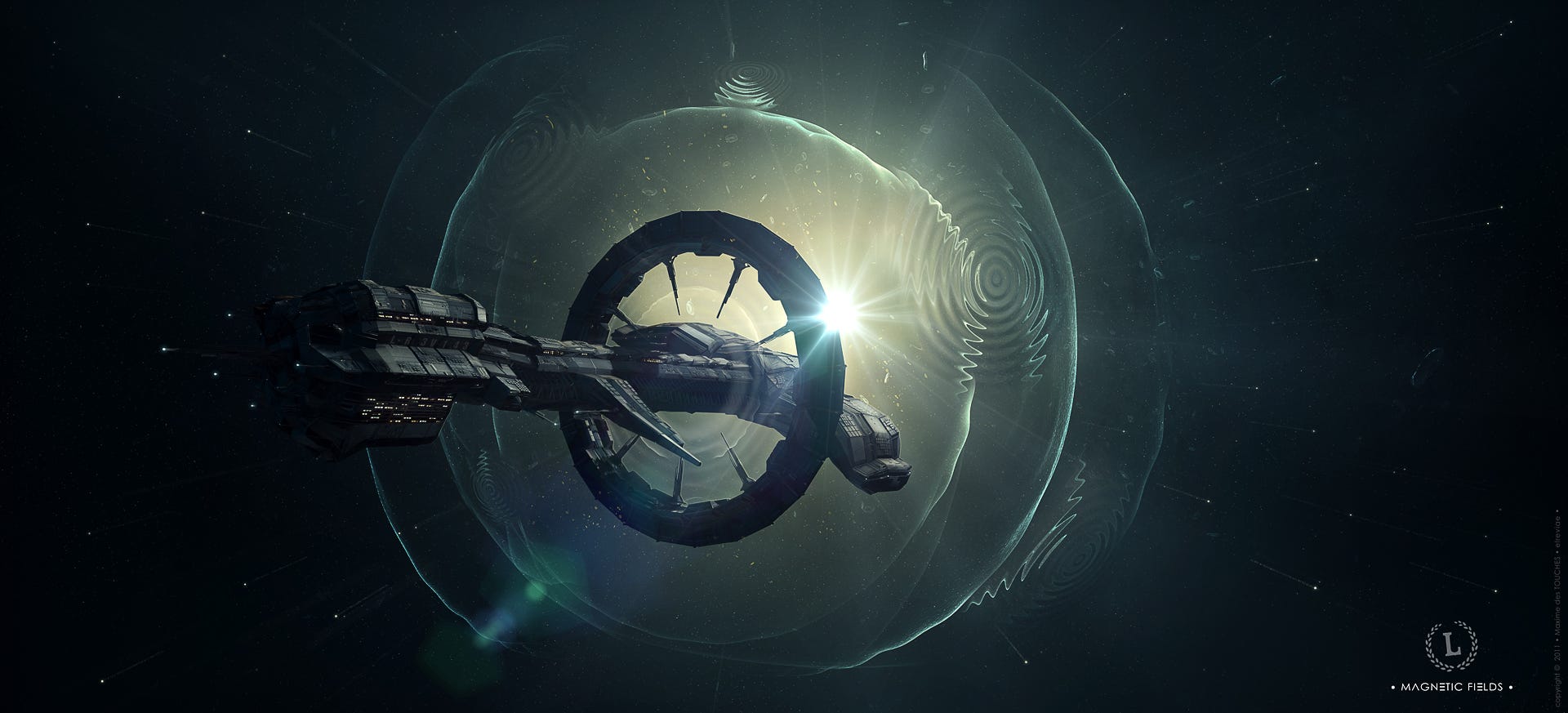
“The difficulty lies not so much in developing new ideas as in escaping from old ones.” ― John Maynard Keynes
It takes grit, determination and luck to establish a successful organisation. Once an organisation is established, the mindset shifts from one of search and discovery to one of scale and safeguard. These are two opposing modes of corporate being and they are diametrically opposed. The larger and more reliable the revenue, the more entrenched the mindset of scale and safeguard becomes. Therein lies the problem, as an organisation ages, the leadership forgets the entrepreneurial skillset that helped build the organisation in the first place. There is a gradual shift in culture, where once the DNA of an innovator was widespread in the organisation, today an innovator represents a threat to the predictable revenue and intrapreneurs are refused, rejected and often ejected.
If an organisation has let the innovative flame extinguish, it takes a herculean effort to shift the culture. It is akin to starting the business all over again, but this time you have to break free of the shackles of having found a predictable and thus “protectable” revenue stream. It is easier to build an organisation from scratch, hiring the right skill sets and mindsets than to retrain people who will cling to their ways of doing things. We have to use gravitational pull to overcome organisational drag.
Organisational Drag

A spacecraft uses more energy escaping the gravitational drag of its home planet than it does arriving at its destination planet. The spacecraft requires an enormous amount of fuel to break free of the gravitational pull of a planet. All that fuel adds significant weight to the spacecraft which means you use more fuel.
This is like an established organisation, it becomes top heavy to manage processes, procedures and protocols. It requires multiple layers of bureaucracy to ensure that no decision that threatens existing revenue streams is taken lightly — if at all. To depart from such a culture, the organisation must overcome the gravitational pull of its current state of being. This requires the investment of time and resources to ensure the transformation “takes off”. As our upcoming guest on the Innovation Show Alex Osterwalder tells us, organisational leadership must devote 40% of their time to innovation or they are simply not serious about innovation. All this “investment” represents the enormous amount of energy required to break free of the organisational drag of the legacy mindset. This energy expenditure is not enough however, as with any journey, the departure from your home planet is not enough, you need to have a destination — even a vague one.
Gravitational Pull

Gravity is the force that attracts two bodies toward each other, the force that causes apples to fall toward the ground and the planets to orbit the sun. The more massive an object is, the stronger its gravitational pull. “Gravity Assistance” is where a spacecraft pilot uses the gravity of a planet to accelerate the spacecraft. This technique saves fuel because the “assist” is provided by the motion of the gravitating planet as it pulls on the spacecraft.
If a leader paints a compelling vision or “North Star” for an organisation, it acts as a gravitating body and pulls people towards that vision. I see this in every workshop I run, people have had enough of the “command and control” mode of organisations. People want to strive to achieve something bigger than their daily tasks. People are crying out for a North Star, a vision, a purpose. As business leaders it is your job to paint this picture, to involve your people in that vision so they buy in to that vision early and feel part of the solution. This is extremely difficult when you are leading a legacy organisation, you are dealing with crystallised mindsets, margin-hungry shareholders and perhaps a board who do not get the new-world order.
Not One Or The Other But Both
In our current business environment, it is better to run two parallel modes of being, a search mode and an execute mode. If you are running a legacy business, you must make a new departure and break the gravitational pull that can hold you back and align the organisation with the slipstream of a new becoming. However, once that immense work is achieved, the best course of action is to run two ships, one ship is manned with a crew of innovators, with vastly different DNA than executors. Executors are the crew of the ship who safeguards the existing business, the one that has achieved scale. As a leader, your job is to be or to assign an intermediary who speaks innovation and execution seamlessly, they are the liaison between both ships and they are essential for a successful voyage.
This post was inspired by a passage from “Friction: The Untapped Force That Can Be Your Most Powerful Advantage.” by Roger Dooley. Roger is our guest on the Innovation Show this week.
Amazon, Netflix, Google, and Uber all have one thing in common: They have built empires on making every interaction effortless for customers.
In today’s high-speed, customer-empowered world, speed and efficiency with which business transactions are made determine ultimate success or failure.
In 2016, $4.6 trillion of merchandise was left in abandoned e-commerce shopping carts.
Every year, the U.S. economy loses $3 trillion dollars in productivity due to excess bureaucracy.
Red tape and over-complicated licenses have contributed to China’s GDP exceeding India’s by $82 trillion over the span of just three decades.
If you’re a business leader, these statistics should give you nightmares Today’s episode dips into a groundbreaking guide which makes the case that every business can gain a competitive edge by reducing the points of friction that impede smooth business exchanges.
Have a listen:
Soundcloud https://lnkd.in/gBbTTuF
Spotify http://spoti.fi/2rXnAF4
iTunes https://apple.co/2gFvFbO
Tunein http://bit.ly/2rRwDad
iHeart http://bit.ly/2E4fhfl